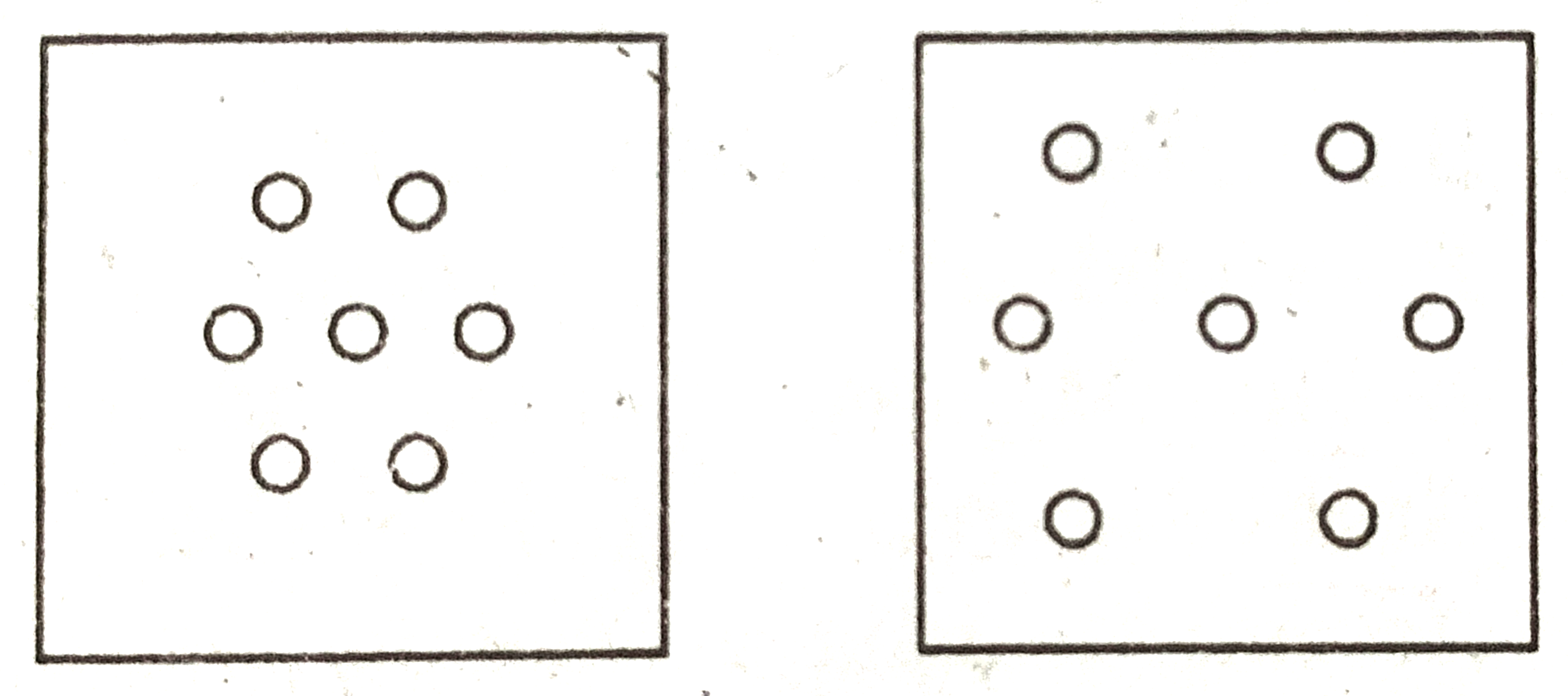 Multiple Choice Questions
Multiple Choice Questions|
LIST I (Types of Towns) |
LIST II (Cities) |
| (a) Port towns | (1) Singhbhum , Kyonjhar and Rewa |
| (b) Industrial towns | (2) Agra , Jaipur and Madurai |
| (c) Mineral Resources | (3) Bombay , Calcutta and Madras |
| (d) Historic towns | (4) Bhilai , Rourkela and Jamshedpur |
a-3 , b-2 , c-4 , d-1
a-4 , b-1 , c-2 , d-3
a-2 , b-4 , c-1 , d-3
a-1 , b-3 , c-4 , d-2
ASSERTION (A) : Metropolitan cities in general are flanked by satellites towns.
REASON (R) : The towns have an important function to release the pressure of the city.
Both (A) and (R) are true and (R) is the correct explanation of (A).
Both (A) and (R) are true but (R) is not the correct explanation of (A).
(A) is true , but (R) is false
(A) is false , but (R) is true.
Which one of the following codes is correct to explain the base of given distribution of settlements of an area ?

Density
Spacing
Shaping
Size
Which one of the concepts describes the distance of cities and towns within a radius of 75 km from a large city ?
Urban Clusters
Urban Dispersals
Urban Agglomeration
Urban Shadows
The 'Triangular Pattern' of rural settlements develop generally :
At the bank of the straight rivers
At the confluence of two rivers
between two hills
At the confluence of two rivers and one hill
Which one of the following author's theory of primate cities focuses on the forces of agglomeration and cumulative effects of agglomeration in the growth of large cities ?
Walter Christaller
G.K. Zipf
C. Robert Mayfield
Mark Zefferson
|
LIST I (Zones) |
LIST II (Characteristics) |
| (a) Non Ecumene | (1) Very scattered economic activites |
| (b) Intensive Ecumene | (2) Rural Occupancy extensive type of agriculture |
| (c) Sporadic Ecumene | (3) Empty space with no foreseeable dvelopement |
| (d) Extensive Ecumene | (4) Urban occupancy and industrial patterns , intensive agriculture |
a-ii , b-iv , c-iii , d-i
a-i , b-ii , c-iv , d-iii
a-iii , b-iv , c-i , d-ii
a-iv , b-i , c-ii , d-iii
